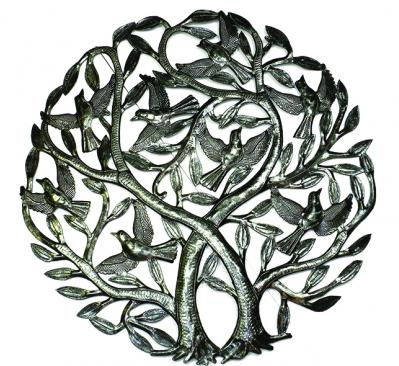
This Special Collection is designed to help practitioners, administrators and advocates in the fields of Healthy Marriage & Relationship Education (HMRE) and Domestic Violence (DV) - as well as those interested in these fields - understand and learn about the overlapping and complementary goals of each field, and to build bridges in order to effectively address and respond to domestic violence and promote safe and healthy relationships. This collection is based upon new research and lessons from emerging partnerships between these fields at the national, state and community levels.
This collection was developed by the The National Healthy Marriage Resource Center (NHMRC) in collaboration with The National Resource Center on Domestic Violence (NRCDV). Visit the NHMRC's online library of resources on Domestic Violence.
Updates of Note
- In July 2011, the U.S. Department of Health and Human Services released the program announcement for the 2011 Community-Centered Healthy Marriage and Relationship Grants. The NRCDV drafted a memo for domestic violence advocates to: 1) provide a basic overview of these grants; 2) identify some questions that advocates might ask if approached to partner in a healthy marriage or relationship program; and 3) describe resources that might be helpful. A copy of that memo can be found here.
- Press Release: ACF announces over $119 million in Grant Awards for Healthy Marriage and Responsible Fatherhood - On October 3, 2011, HHS’ Administration for Children and Families, Office of Family Assistance (OFA) announced $119,393,729 in grant awards to 120 grantees to promote healthy marriage and responsible fatherhood.
- Webinar: Healthy Marriage and Relationship Education: What Domestic Violence Advocates Need to Know by the National Resource Center on Domestic Violence & National Healthy Marriage Resource Center - On September 19, 2011, the NRCDV hosted this webinar exploring questions such as: What is Healthy Marriage and Relationship (MRE) Education anyway? How have MRE programs worked with domestic violence coalitions and community-based domestic violence programs? What tools have been developed that might be helpful to our DV prevention efforts? Where are the opportunities for collaborative healthy relationship work going forward?









